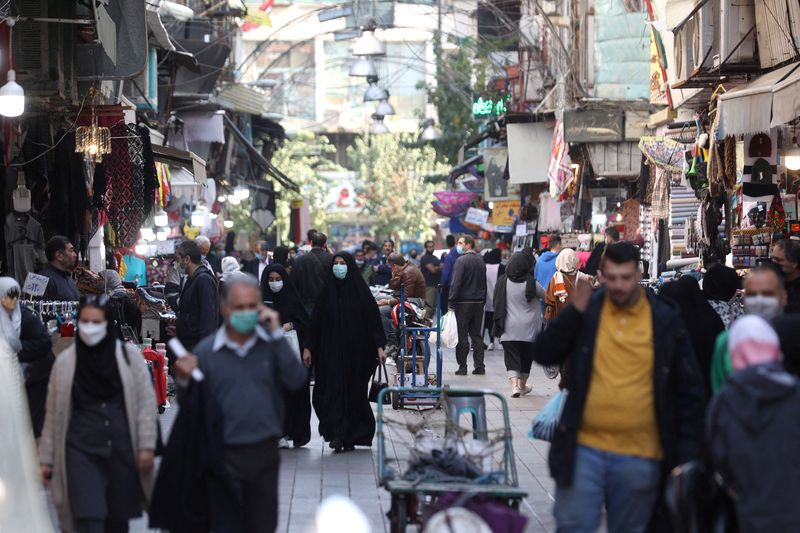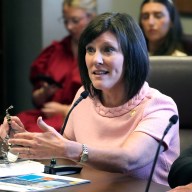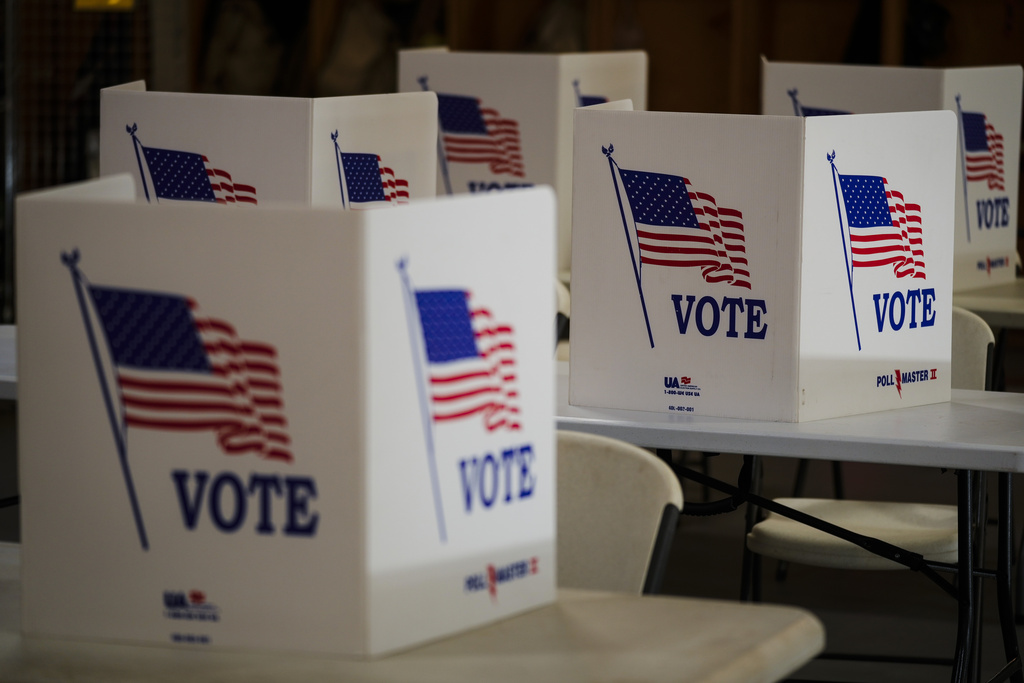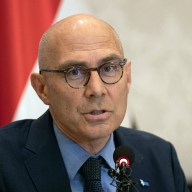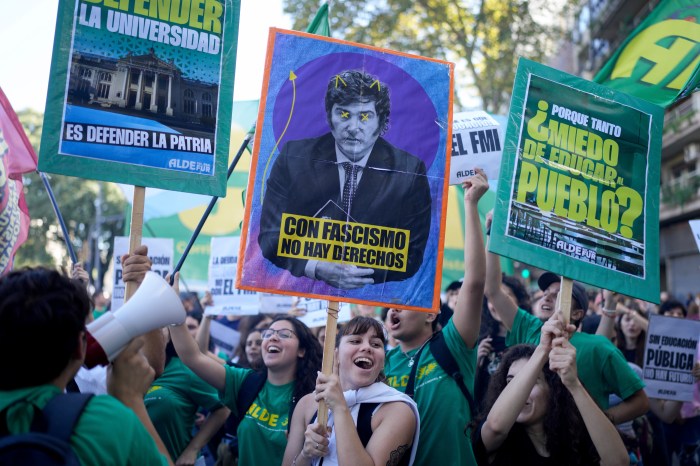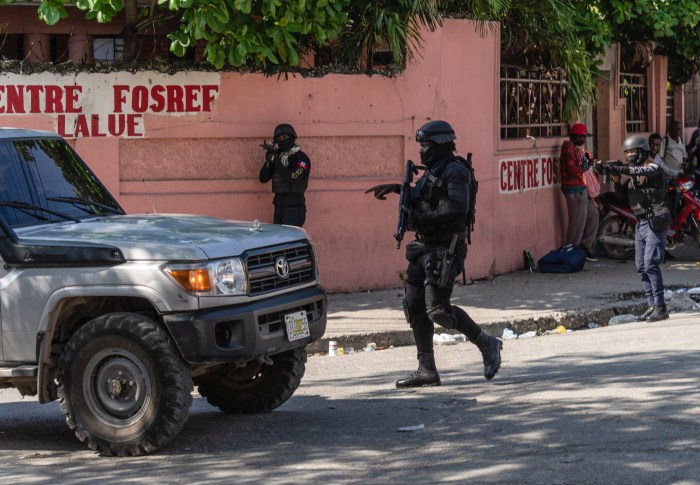DUBAI (Reuters) – Every day Mohammad Hosseini feels squeezed by Iran’s soaring prices, his experience of hardship at odds with a rosy official target of 8% economic growth even with U.S. sanctions still in place.
The retired teacher’s plight is found across the Islamic Republic, where worsening economic misery is palpable after years of harsh U.S. sanctions and Iranian mismanagement.
“Every day we are getting poorer. My salary is not even enough for paying bills and the rent every month,” said Hosseini, who has three children and five grandchildren.
“After 30 years of teaching at school, now I have to drive a taxi at age 65 to finance my family,” he said. His monthly income is about $250.
The economy is the top challenge for Iran’s ruling clerics, who fear a revival of protests that have erupted since 2017 by lower and middle-income communities angry at growing poverty.
And yet hardline President Ebrahim Raisi has vowed not to link the economy to nuclear negotiations with world powers, even though the talks could lift most U.S. economic curbs through the revival of a 2015 pact limiting Tehran’s atomic programme.
Instead, his government has promoted a “resistance economy” centred on self-sufficiency, trade ties with regional neighbours and improving economic interaction with China and Russia.
But many analysts believe Iran’s only ticket out of economic decline is to end the U.S. curbs, which have slashed vital oil exports and increasingly isolated it from global markets.
Iran has avoided total economic meltdown, thanks mainly to oil exports to China and higher crude prices. But oil exports are still well below their levels before the re-imposition of sanctions by former U.S. President Donald Trump following his abandonment of the nuclear pact in 2018.
“While new agreements with Moscow and Beijing will generate headlines and strengthen Raisi’s hand at home, they will almost certainly be less than meets the eye,” wrote Henry Rome, an analyst at Eurasia Group.
“And they do not reflect a shift in the two countries’ willingness to defy U.S. sanctions or overlook the Iranian nuclear program.”
China, Iran’s biggest oil customer, is one of the few countries that continues to do business with Iran despite sanctions. But selling oil with a discount to China, analysts say, means revenues fall short of their full potential.
“A NIGHTMARE”
Prices for basic goods like bread, meat, dairy and rice have skyrocketed in the past months. Meat is too expensive for many, costing $40 a kilo. The official inflation rate stands over 40%. Some estimates put it over 50%.
The price of electricity, water and natural gas used for factories, cooking and heating homes have doubled.
A mother of three in Tabriz city, Mehrbanu, said she could only afford basic goods for her two children.
“My husband and I can hardly afford putting food on the table,” she said, adding that their total monthly income as house-cleaners was around $150. “How can we continue like this without having a permanent job? We have lost many of our clients because they are also cutting their expenses.”
Iran’s economy contracted sharply after 2018 because of sanctions. It rebounded in 2020 and is on track for a second year of GDP growth at around 3%, according to the World Bank.
U.S. oil and banking sanctions prompted Tehran in 2019 to gradually violate the deal’s nuclear limits. Significant gaps remain in indirect talks since April aimed at reviving the pact.
“It is an ongoing nightmare … Every day the pressure grows. I had to close my tile factory in Yazd city. I could not import material, export tiles and the worst part was not being able to pay wages,” said businessman Hassan, 48, who plans to leave Iran with his family of four.
“The officials are in no rush to save the nuclear deal because they don’t feel the economic pain like us.”
Iran’s government has dismissed forecasts by its critics that its economic policy will worsen social misery.
But a former senior Iranian official, who asked not to be identified, said Iran’s “revolutionary identity” could not be preserved by running the economy based on an ideology.
“With U.S. sanctions in place, Iran’s economic issues will further deteriorate,” he said. “That means more strikes and unrest.”
‘POORER EVERY DAY’
Drawn up on the assumption that sanctions would continue, Raisi’s budget for the next fiscal year that starts in March aims for 8% economic growth. The government expects 9% higher revenues from oil exports and a 62% increase in tax revenues. Analysts are sceptical about such a projected revenue rise.
However, authorities’ defiant rhetoric resonates with some Iranians loyal to the establishment.
“Becoming an independent country needs sacrifice …We have to give our president a chance to implement his plans,” said housewife Zahra Rezazadeh, 42, from Iran’s Mashhad city.
State media regularly report layoffs and strikes by state employees over low salaries and by private sector workers unpaid for months. With sanctions curbing exports and making raw materials hard to source, hundreds of factories have shut.
Authorities say only 10% of Iran’s workforce is unemployed. But many formal jobs pay a pittance, meaning the true figure of people without adequate work to live on is probably far higher.
A plunge in the rial – which halved in value since 2018 – has forced employers to cut payrolls. Playing down the impact of sanctions, Raisi has said his government had no concerns about the rial’s value.
Raisi said in December his government had “successfully initiated policies to secure economic stability and the control of prices”.
A Tehran bookshop owner, Mohammad, 51, disagreed.
“Authorities only talk and make promises, but in reality we are getting poorer every day,” said Mohammad, a father of two.
(Writing by Parisa Hafezi, Editing by William Maclean)

